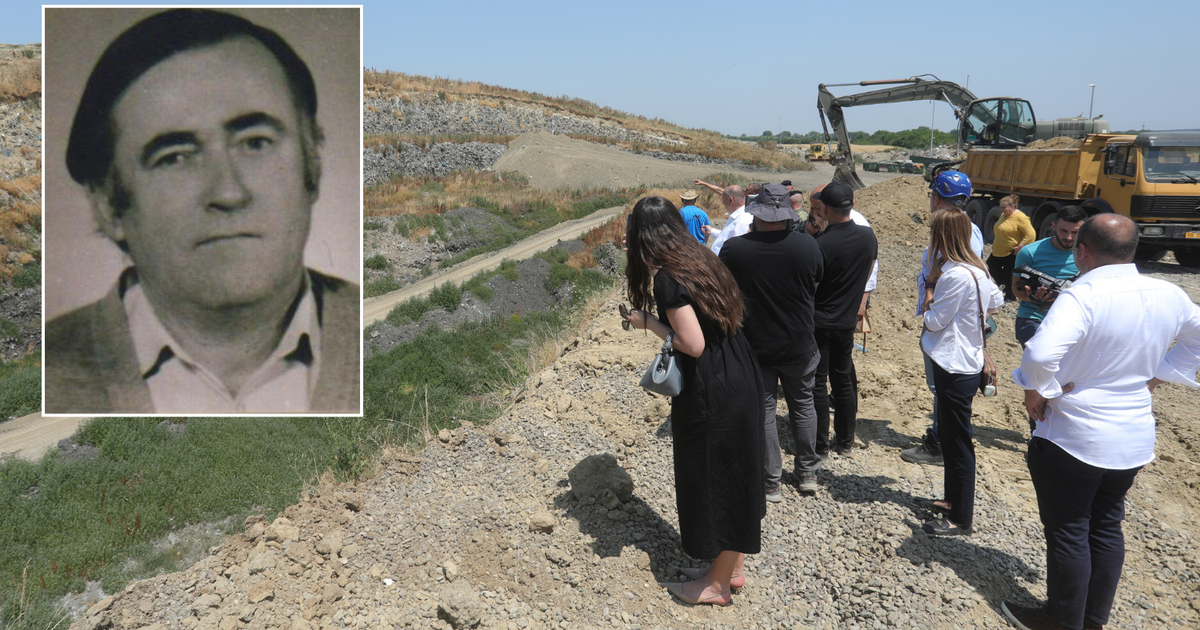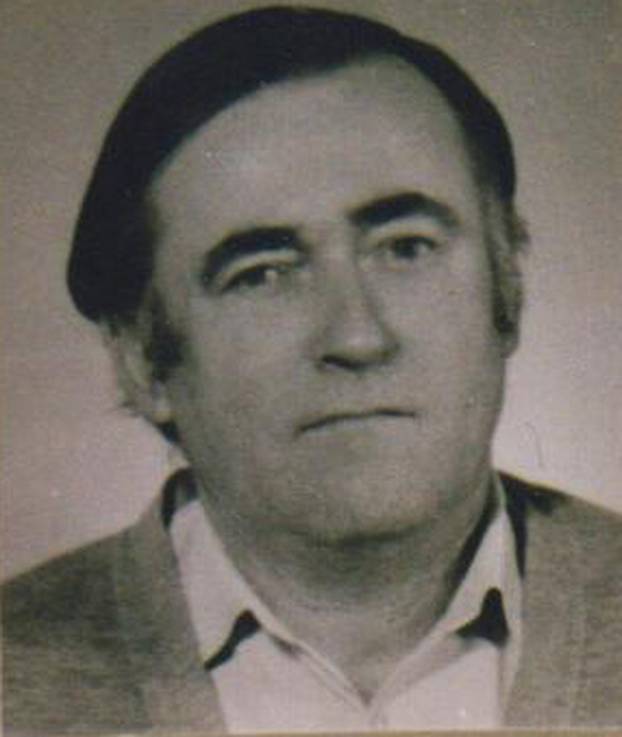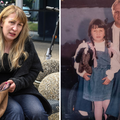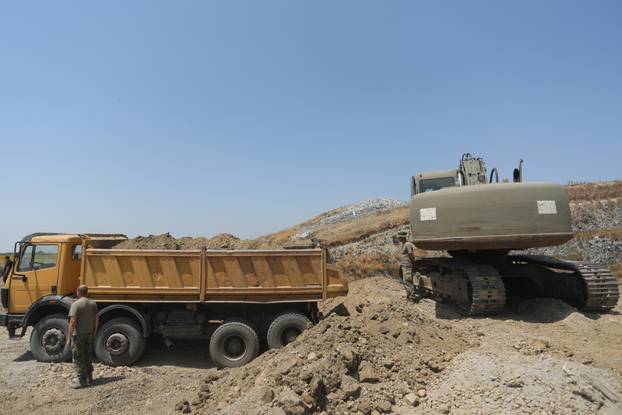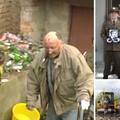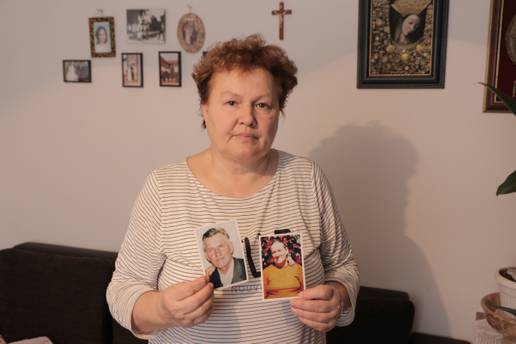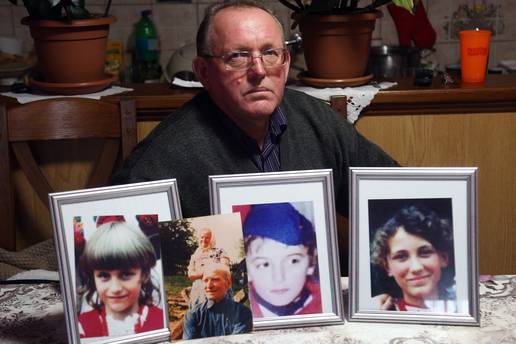Petrovačka Dola Mass Grave: Dark Secrets of the Homeland War Finally Uncovered
Did you know that Croatia still harbors mass graves from the Homeland War that hide chilling secrets? The largest of them, Petrovačka Dola, is back in the spotlight after the identification of the remains of two more victims – Franjo Ivoš and Tomislav Plavšić.
Who are the victims?
Franjo Ivoš, born in 1950, was a municipal worker from the Osijek-Baranja County. He was captured in June 1991 by Serbian paramilitary forces while working. His colleagues were exchanged, but he was not. Tomislav Plavšić, born in 1957, was taken in November of the same year from a house basement along with several people, including his wife Marija, who has not been found.
The mass grave and its dark secrets
Most victims were found at the Petrovačka Dola site back in 1997, but it turned out to be a secondary or even tertiary grave, meaning the bodies were moved multiple times. So far, 35 individuals have been identified, including 19 Croatian defenders and 16 civilians, among them four women. The victims’ ages range from 22 to 68 years.
The fight for justice and truth
The Republic of Croatia and its institutions continue to search for the missing and the perpetrators of these crimes. Although negotiations with the Serbian side were obstructed, intensive work is ongoing to locate and identify victims. Tomo Medved, the Minister of Veterans, emphasizes that there is information about potential perpetrators and crime locations, and suspicion of more undiscovered bodies.
What else does Petrovačka Dola hide?
Currently, hundreds of cubic meters of waste remain at the site, which must be removed to clear the area and continue searches. It is suspected that more bodies of those being sought are still there. Identifying the victims is crucial for families who have waited years for justice and peace.
Why does this matter?
This mass grave is not just a place of sorrow and pain but a symbol of the struggle for truth and justice in Croatia. Each new identification is a step closer to uncovering crimes and punishing the guilty. But will justice ever be served? Or will these dark secrets remain buried forever?
Conclusion
Petrovačka Dola reminds us of the cost of war and the importance of remembrance. As new facts emerge, we must not forget those who gave their lives for freedom. What do you think – will justice finally reach these victims, or will it remain just dead letters on paper? Share your thoughts; maybe your voice can spark something big!
And hey, if you made it this far, take a look around and ask yourself – how many more secrets do places like Petrovačka Dola hide? Isn’t it time to bring them into the light?







